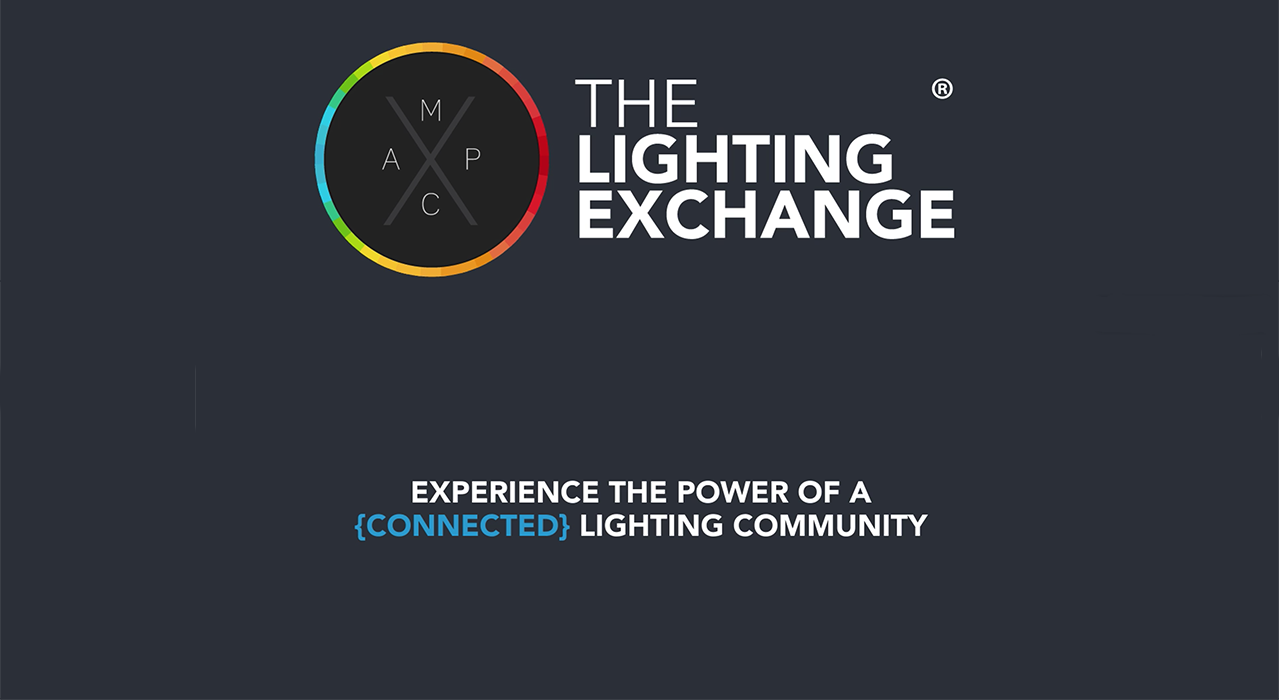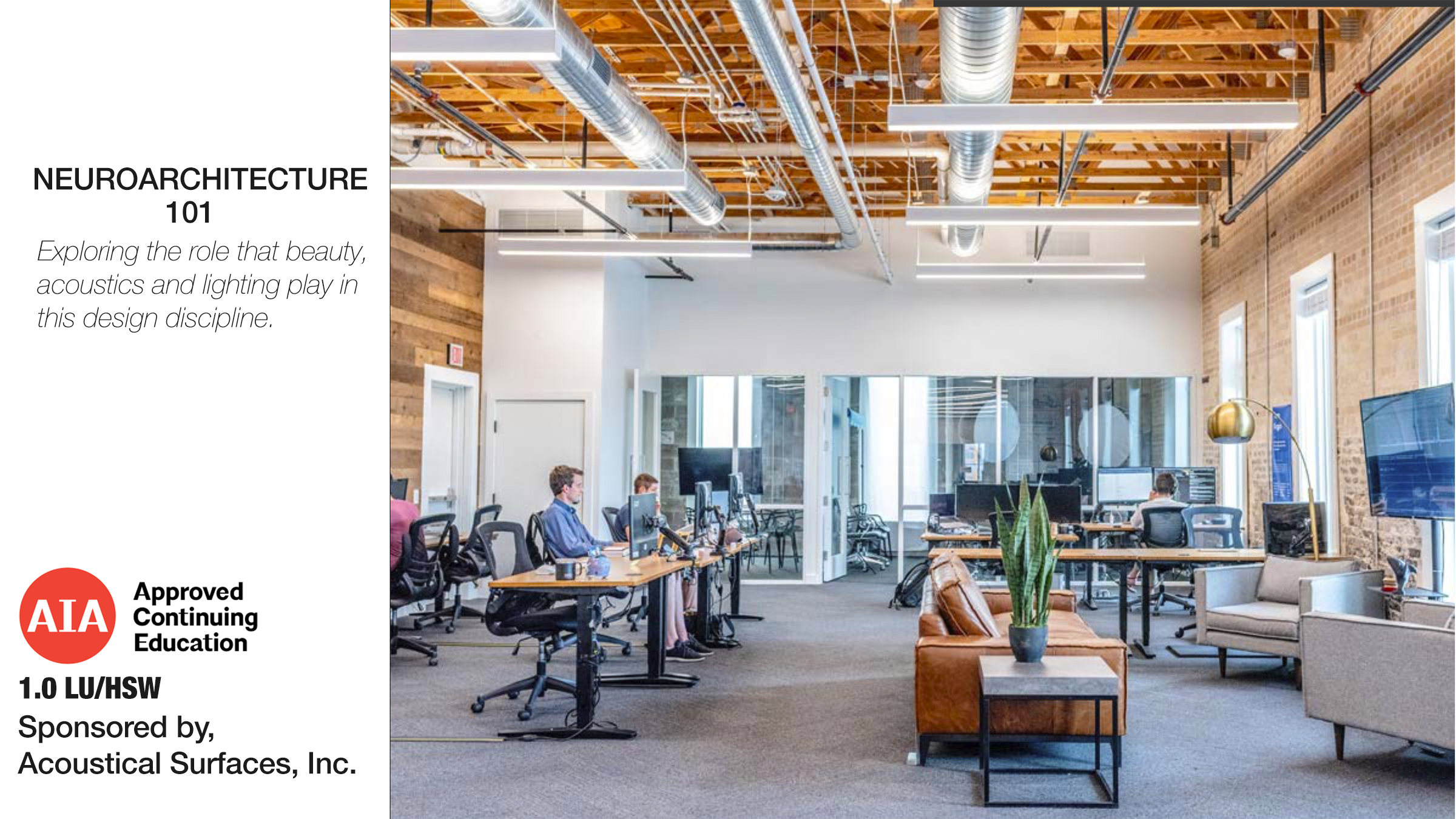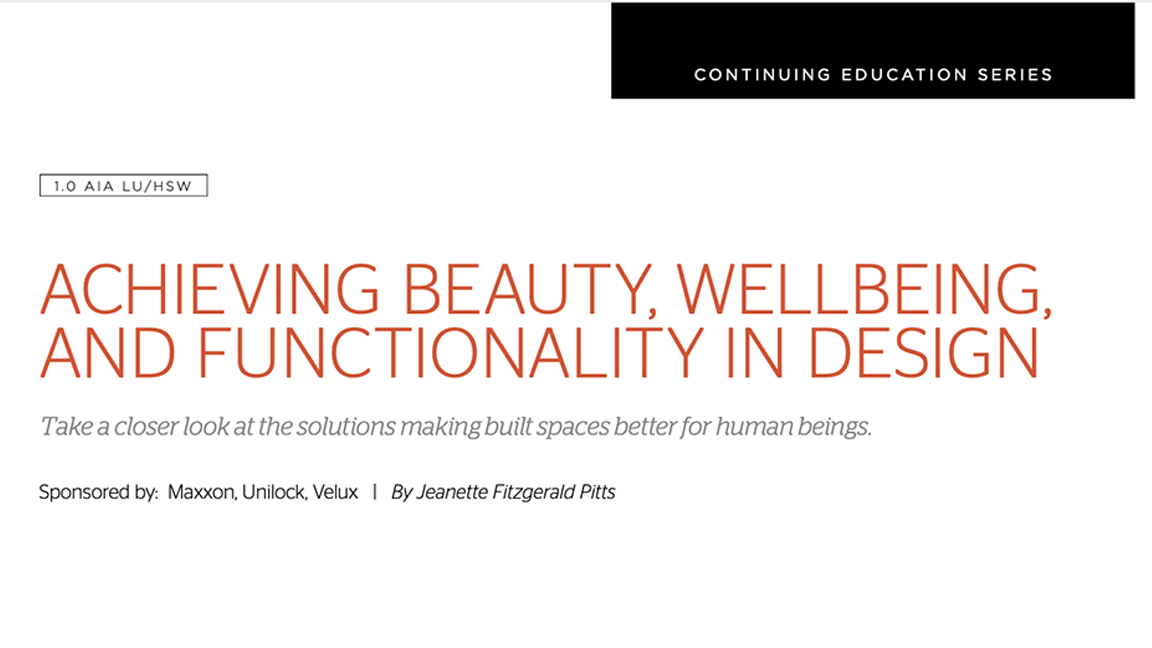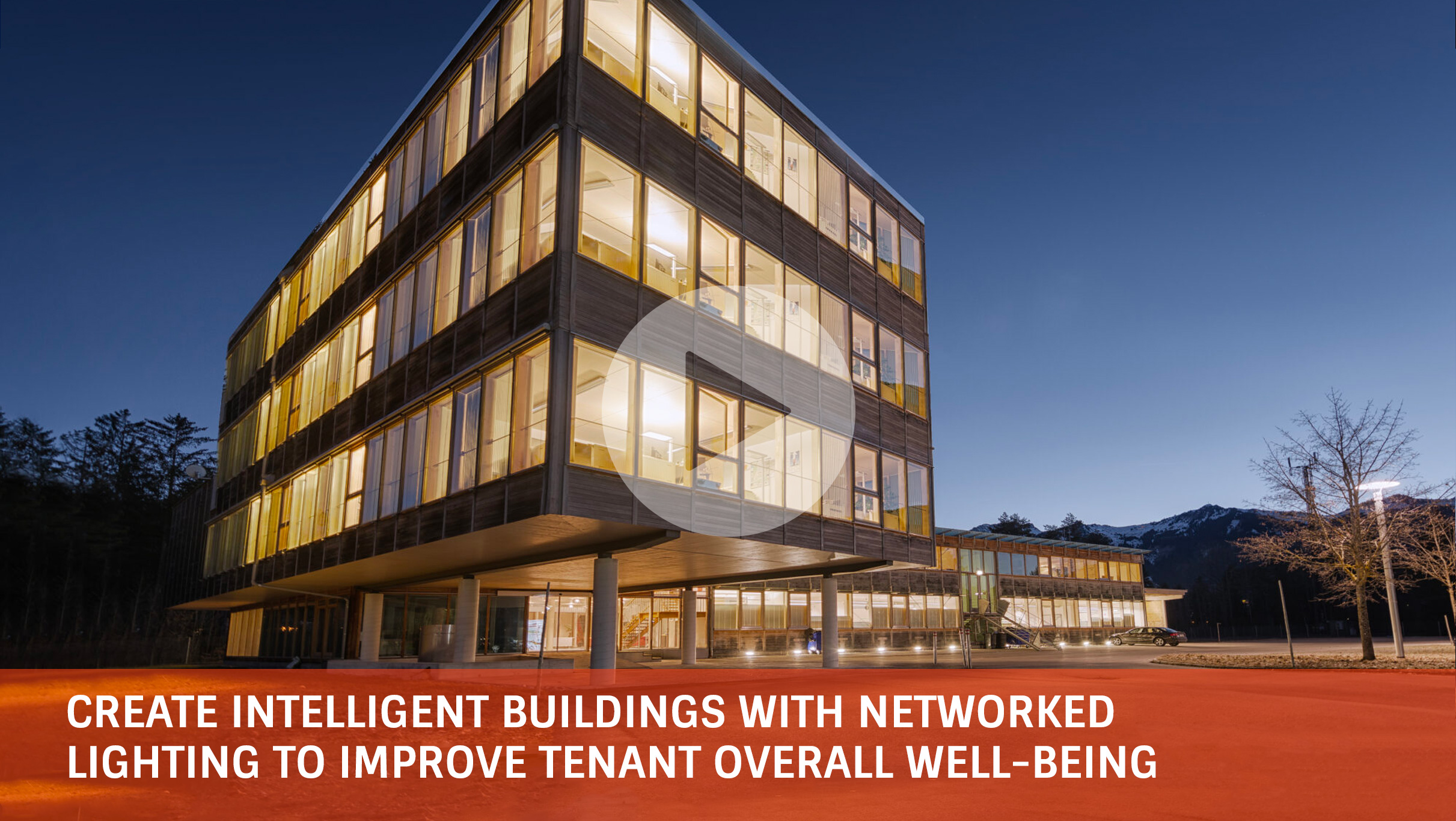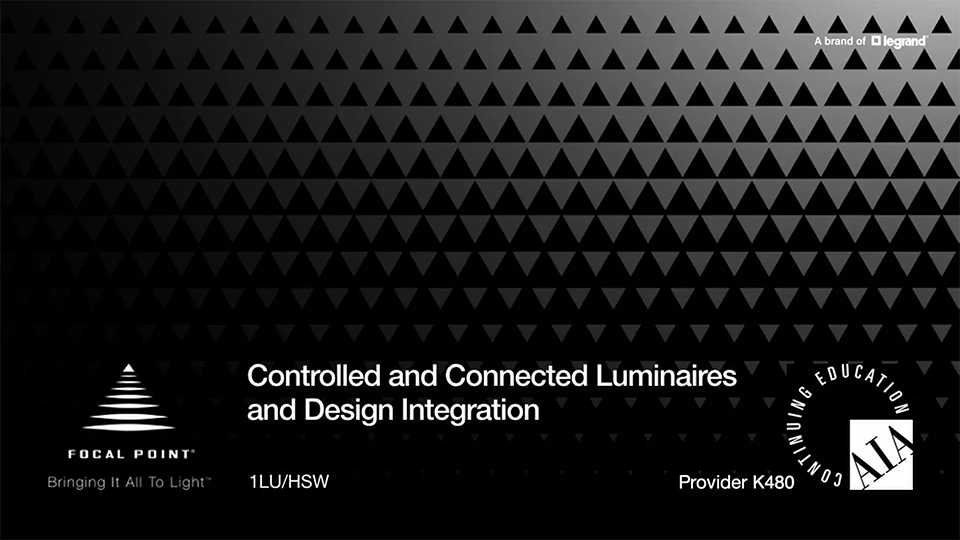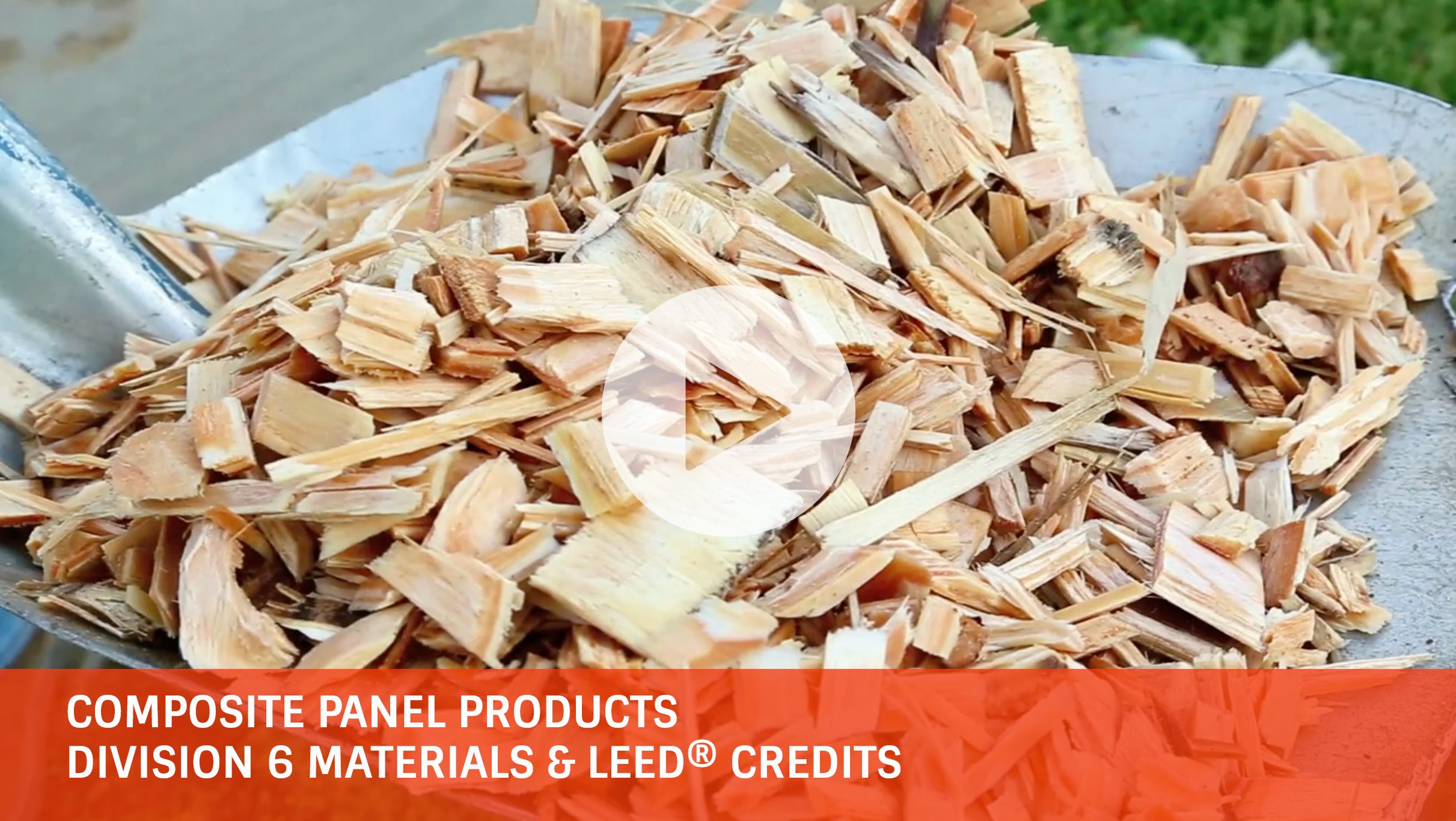Introduction to Exterior and Facade Lighting
Program: The Art and Technology of Lighting
This course will explore the use of exterior lighting to illuminate building facades, landscapes, pathways, plazas, and points of interest, like statues. Popular techniques (moonlighting, wall washing, grazing, etc.) will be defined and the performance of various lighting fixtures will be compared to help designers identify the fixtures best-suited for particular applications. Important considerations including: energy codes, dark sky criteria, and occupant safety will be addressed. The renovation of the exterior lighting at the Greater Columbus Convention Center, designed by Ardra Zinkon, will be profiled.
HSW Justification:
Exterior lighting can facilitate the enjoyment of an outdoor space and enhance the feeling of safety and security people experience in these areas, but the design of exterior lighting systems must accomplish more than bathing an area in illumination indiscriminately. Energy codes limit the amount of energy that the lighting system can consume and define lighting controls requirements to minimize energy waste. In addition, the Model Lighting Ordinance (MLO), developed by the International Dark Sky Association (IDA) and the Illuminating Engineering Society (IES), provides guidance on ways to reduce light pollution and glare that can be created by outdoor lighting. This course will provide designers with tips on how to create exterior lighting solutions that satisfy energy codes and dark sky criteria, while providing ample illumination to create beautiful and inviting outdoor spaces.
Learning Objective 1:
Create exterior lighting designs that provide the recommended levels of illumination for highlighting facades, supporting wayfinding, and accenting features of the outdoor space, while satisfying code-mandated energy use and controls requirements as well as dark sky criteria.










